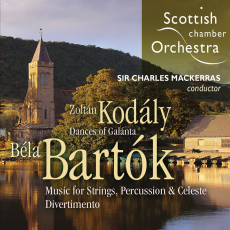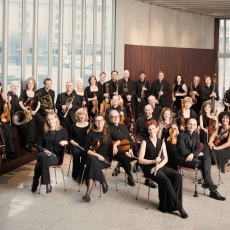Bartok and Kodaly - SCO - Ballet Review
As pioneer collectors of folk music, both Bartók and Kodály often used in their own music the dance rhythms they’d discovered. Kodály based his exhilarating Dances of Galánta from 1930, full of stirring rhythms and brilliantly orchestrated, on Hungarian tunes with Romani elements found in an old book. The opening and closing movements of Bartók’s Divertimento, written in 1940 for Paul Sacher’s Basle Chamber Orchestra, have a more dramatic quality, enclosing the mysterious middle movements that explore the unexpected aspects of strings that are also found in his middle string quartets. Despite its title, this Divertimento goes much deeper than light entertainment.
That exploration of possibilities is even more strongly felt in the remarkable Music for Strings, Percussion and Celesta of 1936, another Sacher commission. Building and only gradually releasing tension, often very softly, I find this a mesmerizing score, Bartók’s “night music” at its most inventive and disconcerting.
These pieces work well together in these fine performances by Mackerras and his Scottish orchestra, effectively recorded.


